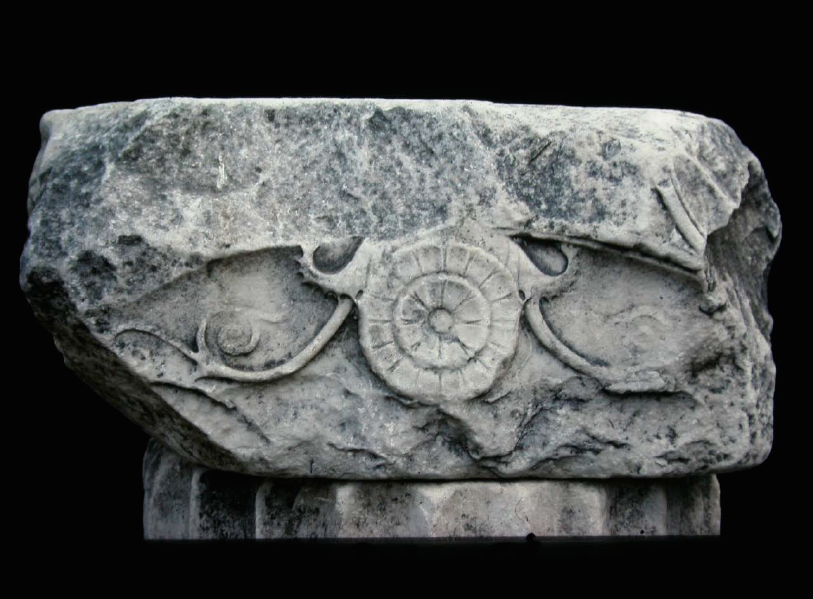Excavations at Daskyleion (Dascylium), Anatolia, Turkey

rom 2003 to 2005, the Soudavar Memorial Foundation supported the excavations at the site of one of the most important Achaemenid satrapal capitals of Western Anatolia, which was also renowned for its paradeisos park (today’s Kus Cenneti). Some of the most important Zoroastrian and Achaemenid finds in Turkey were discovered at this site.
The north westernmost Achaemenian provincial capital, Daskyleion was probably the seat of the enigmatic Satrapy called in Darius the Great’s inscription ‘tyaiy drayahya’ or ‘those (Scythians) who are beside the sea’. Its prominence during that era was determined not only by the geographical position held, which dominated the strategically and commercially important region of Hellespontine Phrygia, but also evidenced by the fact that most of the known Satraps were senior members of the imperial family. Daskyleion was burnt down and completely levelled to the ground by the Macedonians soon after the battle of Granicus in 334 BC, never to be systematically urbanised again.
This city’s great contribution to Iranian studies is represented by a wealth of reliefs bearing a blend of Achaemenid, Greek and native Anatolian iconography, which go a long way to indicate that a separate ‘Satrapal artistic repertoire’ probably did develop in many far flung corners of the vast Persian Empire. Important examples of these, mostly in the funerary context, are the so-called Greco-Persian rectangular funerary stelae famous for their relief of scenes, such as the hunt, banquets and ekphora (funerary processions). Other reliefs have provided much valuable information on Zoroastrian iconography in the conquered territories. These include the religiously informative ‘Blind Doors’, depicting the Magi praying and offering sacrifice, and some also bearing funerary inscription in Imperial Aramaic.
Virtually all these reliefs have come to light either in secondary context or as surface funds.

